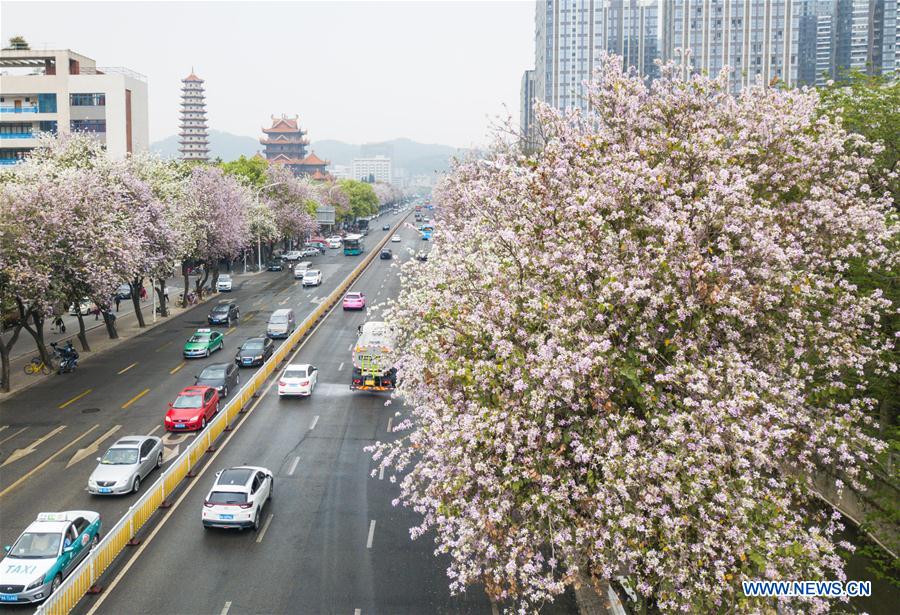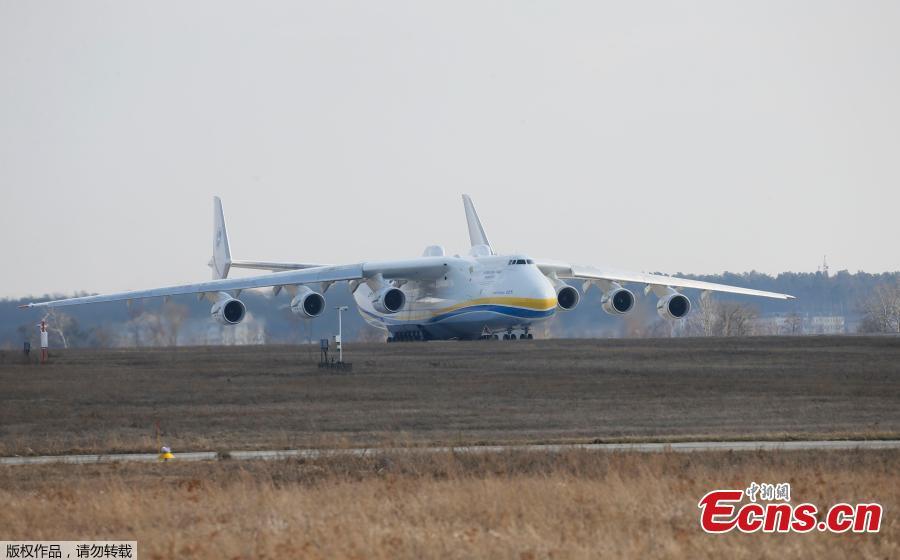
The combo photo shows the Palace Museum, also known as the Forbidden City, in Beijing, on Dec. 17 to Dec. 22, 2016 (inside out). Beijing lifted a red alert for air pollution from Dec. 16 to Dec. 21. (Photo/Xinhua)
Fewer accidents, too
The most direct beneficiaries of the switch from coal to natural gas for rural heating and industry are the villagers and workers who no longer have to work with coal or breathe its emissions.
Michal Meidan, vice-president for research at Energy Aspects, a London-based energy consulting company, said: "Natural gas is a big improvement over coal in terms of pollution but also in terms of worker safety. Worker accidents and mining accidents all have been rampant and a source of concern for many years. By switching to natural gas, you get fewer accidents in the industrial workplace. You don't need the big piles of coal you did to fuel furnaces."
Myllyvirta, of Greenpeace, said: "In the winter, we know that heating is an important source of outdoor pollution affecting cities and so on. But the biggest health impact of heating with coal is the indoor pollution of people living in houses where coal is used for heating and cooking. Beijing's average PM2.5 is now around 60 (micrograms per cubic meter). If you heat with coal, you easily have several hundreds or even more than 1,000 inside your house."
According to the World Health Organization, local smog in general-which leads to increased risk of stroke, heart disease, asthma, and lung cancer-consists of sulfur dioxide, nitrogen oxides, and dust and other particles. Also, carbon dioxide emissions lead to global warming, though they are not locally harmful.
Sulfur dioxide is created mostly by burning coal. Nitrogen oxides, and the ground-level ozone that is created when they interact with sunlight, come mostly from motor vehicles. Dust and other particles are made airborne largely by construction, truck traffic or wind from desert areas.
Natural gas is much cleaner than coal, both globally and locally. Locally, it produces almost no sulfur dioxide and less nitrogen oxides than is created by gasoline or diesel engines.
Recent analysis by a team at Peking University's Guanghua School of Management concluded that, by the end of 2017, the switch from coal to natural gas and electricity in the Beijing area was successful in nearly eliminating the sulfur dioxide pollution from coal, but little progress had been made against nitrogen oxides.
Chen Songxi, a professor at Guanghua, described the conclusions of a forthcoming publication: "The move from coal to natural gas is reflected in the dramatic, roughly 50 percent, falls in sulfur dioxide levels throughout the region since 2013. This was true in highly industrialized towns as well as in Beijing. Beijing's level already reached single digits in 2016, in the summer and spring, which is very close to European cities.
Liu Baoxian, deputy director of the Beijing Environmental Monitoring Center, said, "The average annual concentration of sulfur dioxide saw a historical low of only 8 micrograms per cubic meter"-far below the national standard of 60.
On the other hand, Chen said, "The other component of PM2.5 is nitrogen oxides, mostly from car emissions. We have seen little change in it. The other thing we see in the region is that the ozone level has been going up significantly. The number of cars in Beijing has pretty much leveled off but is not being decreased."




















































